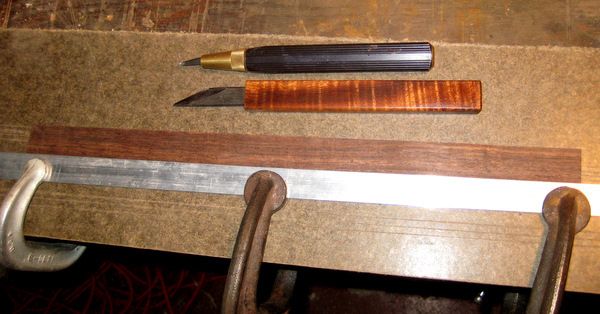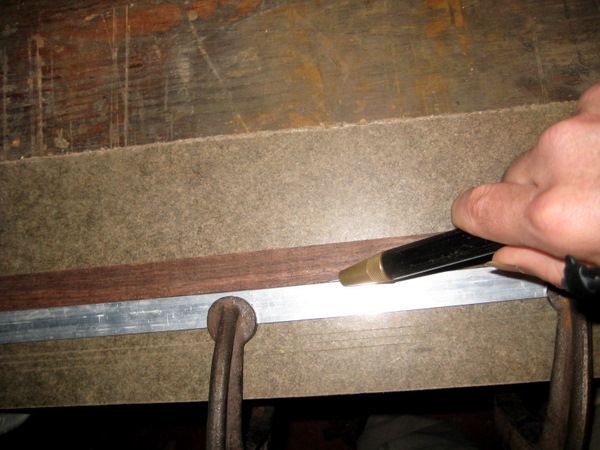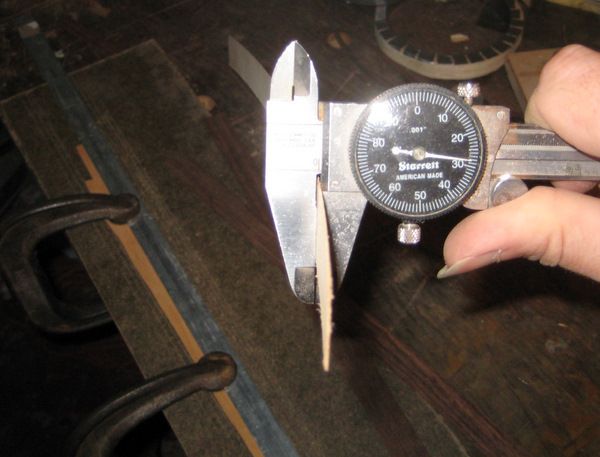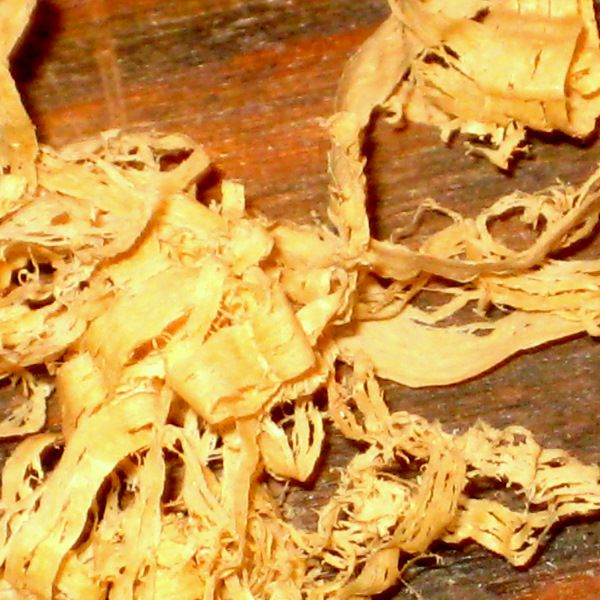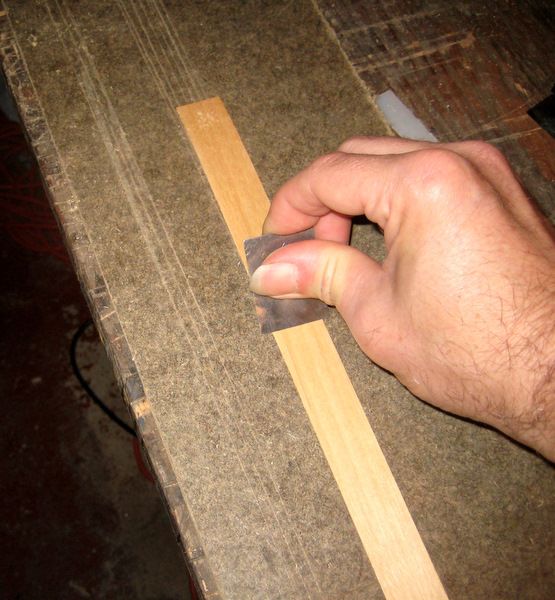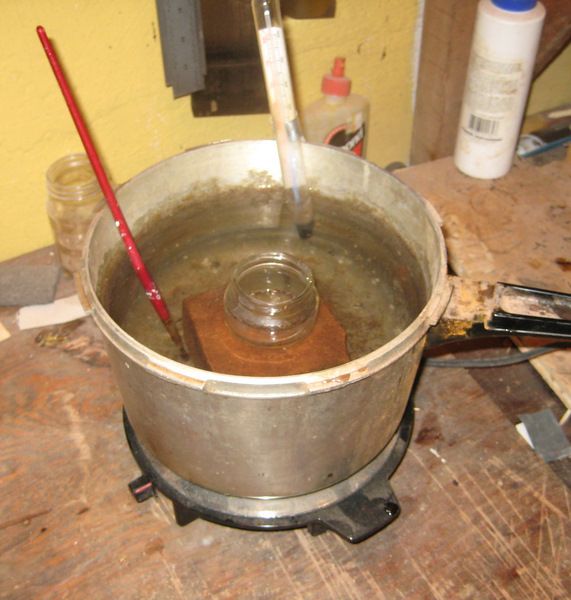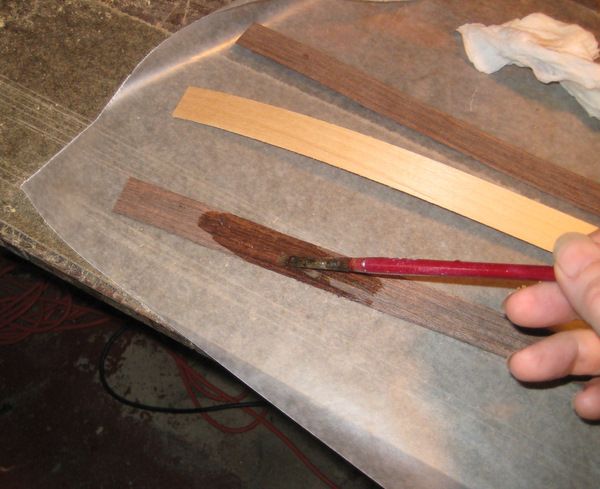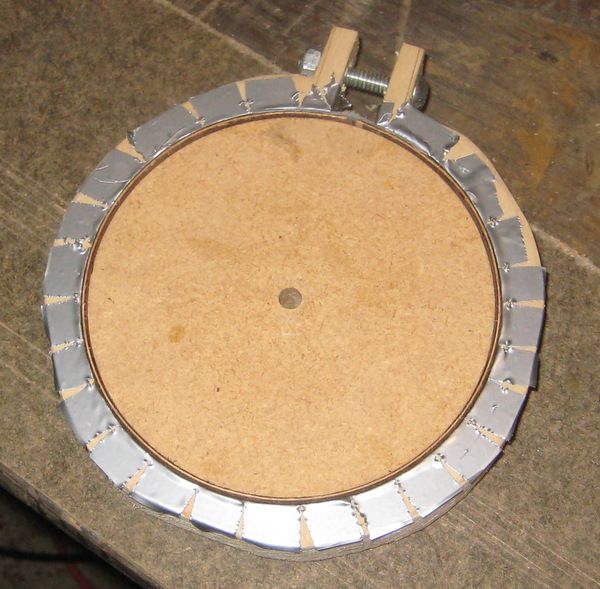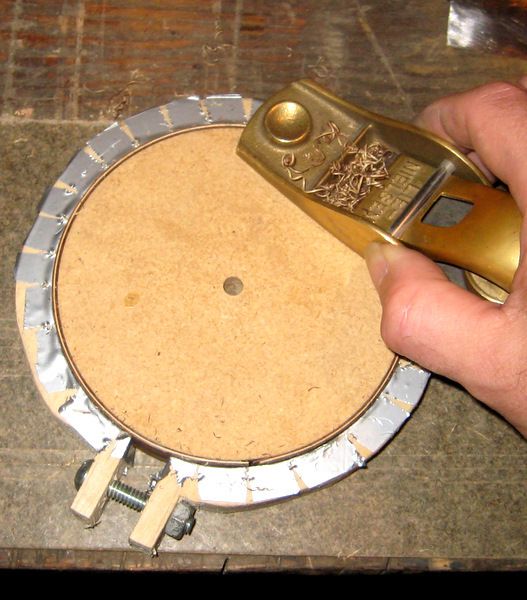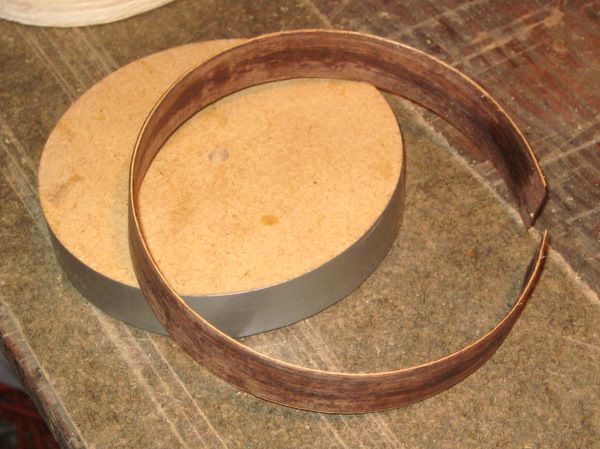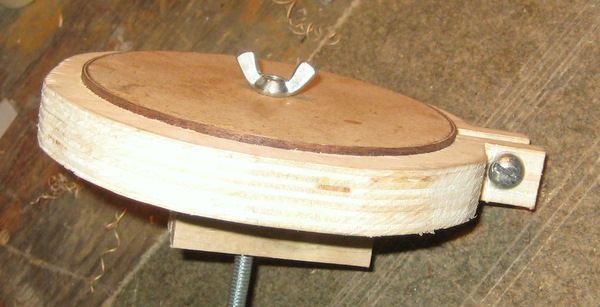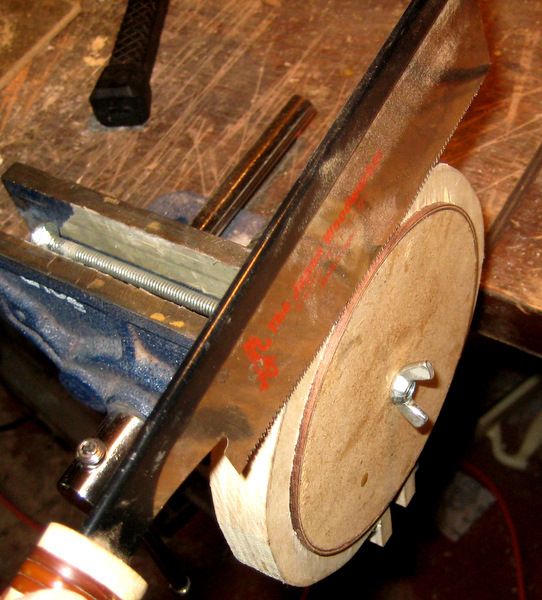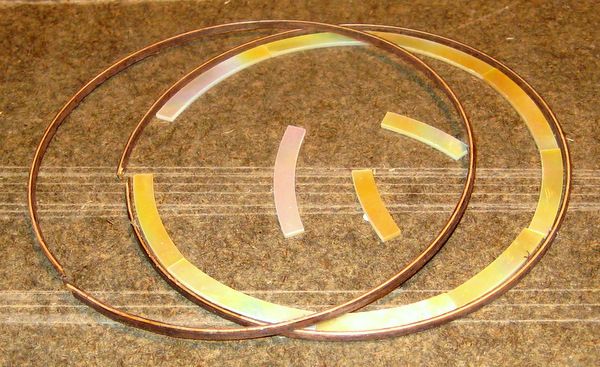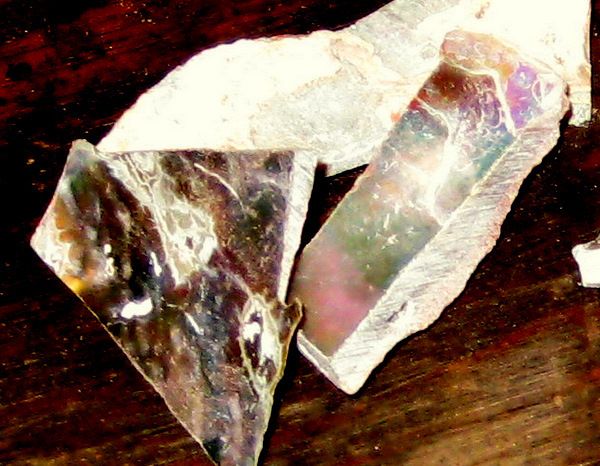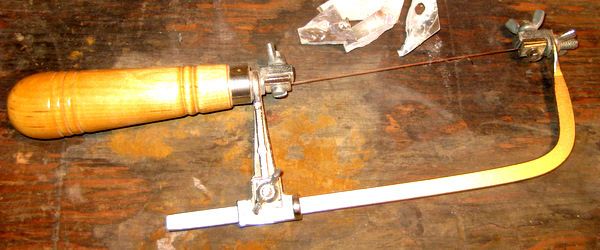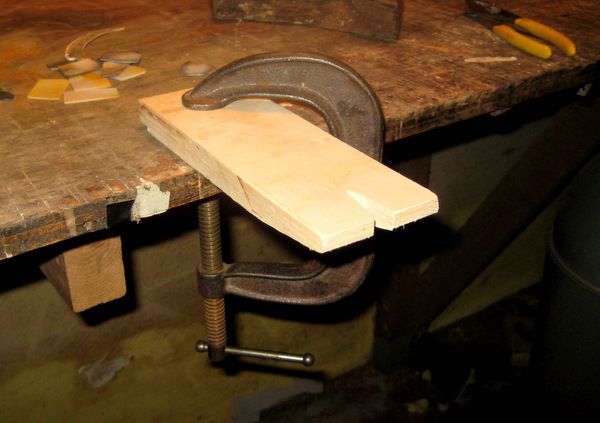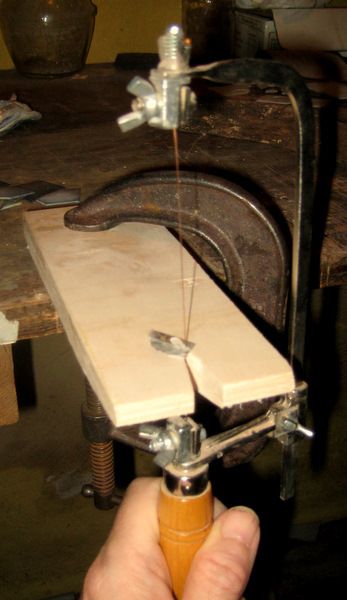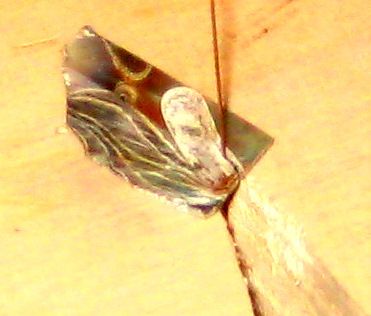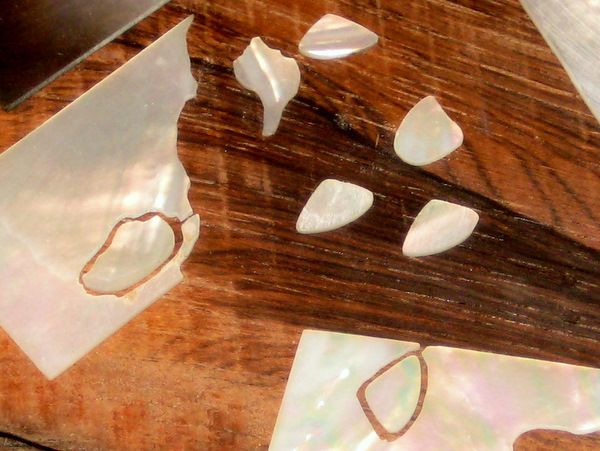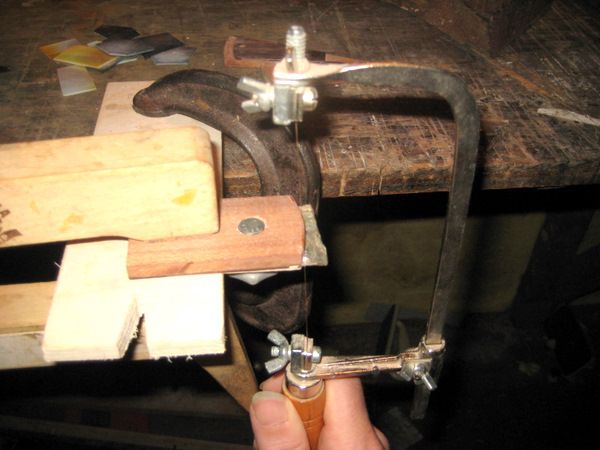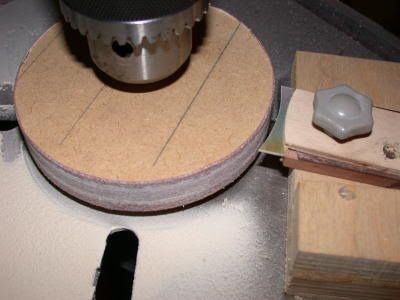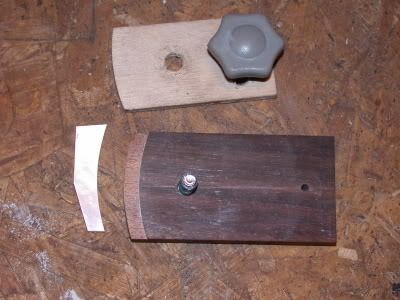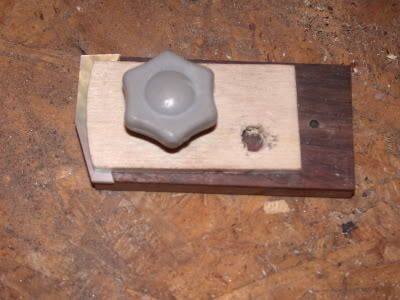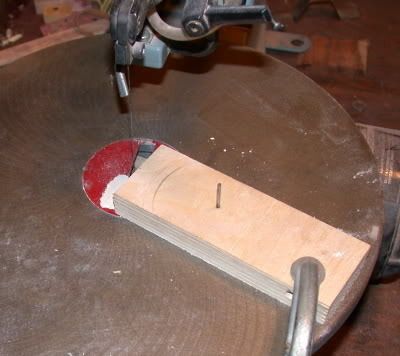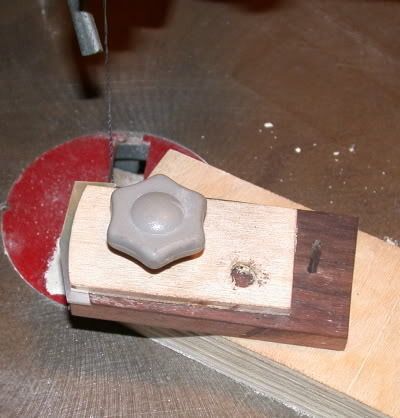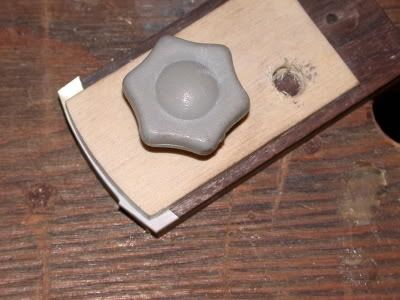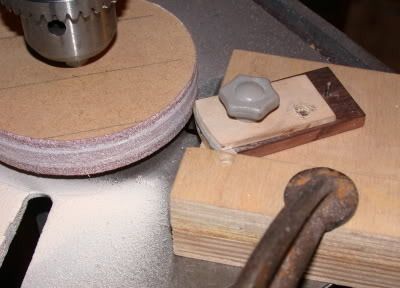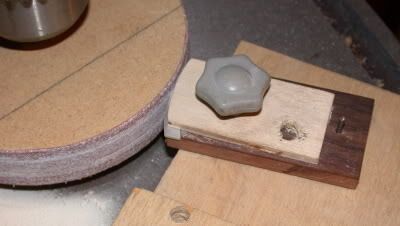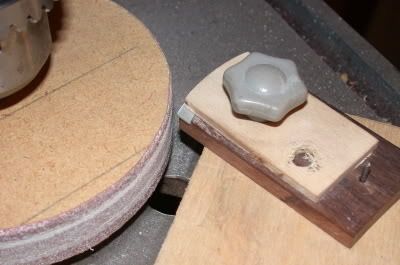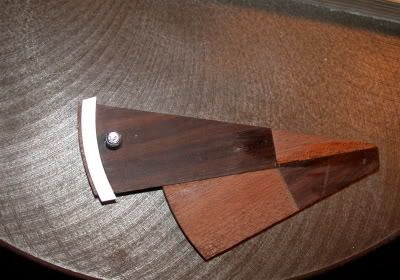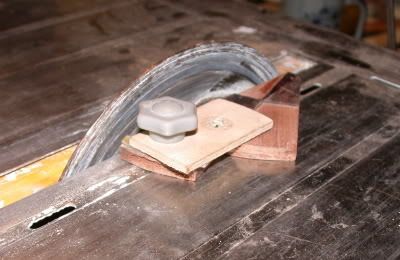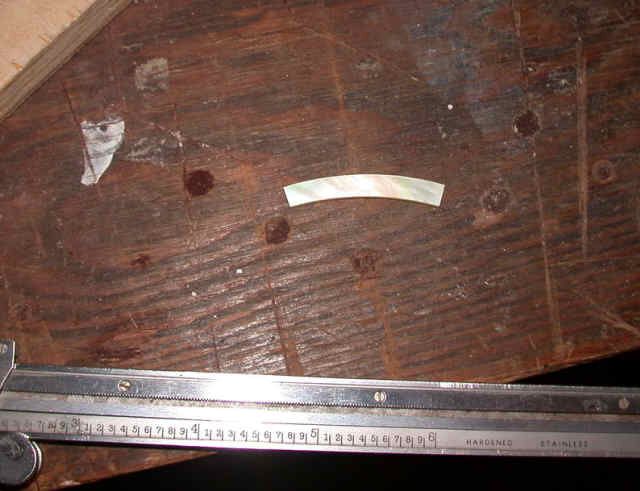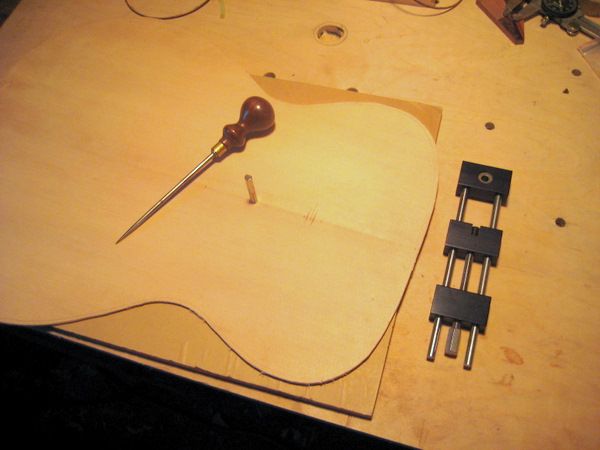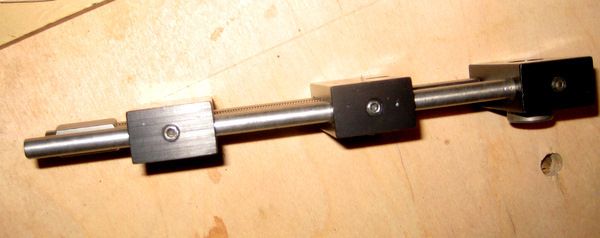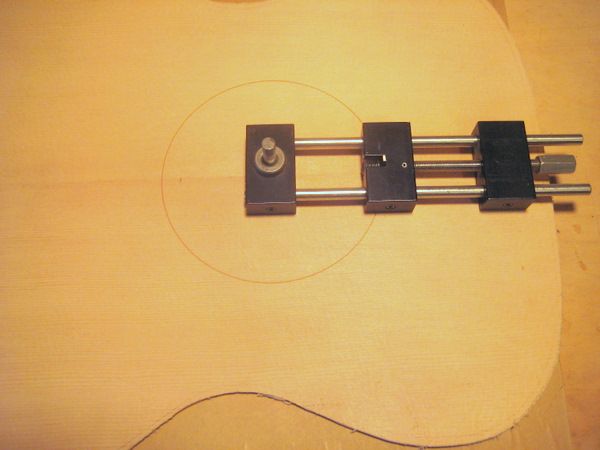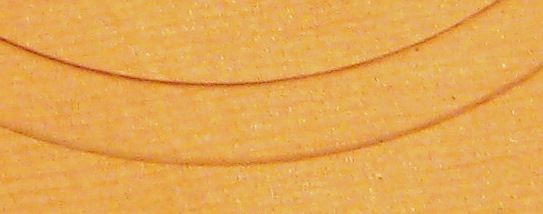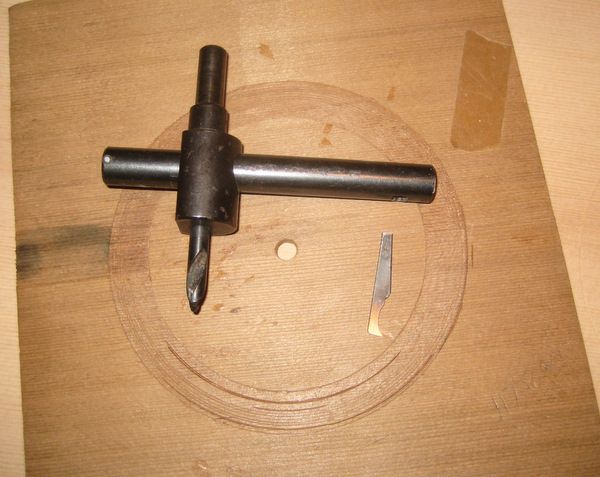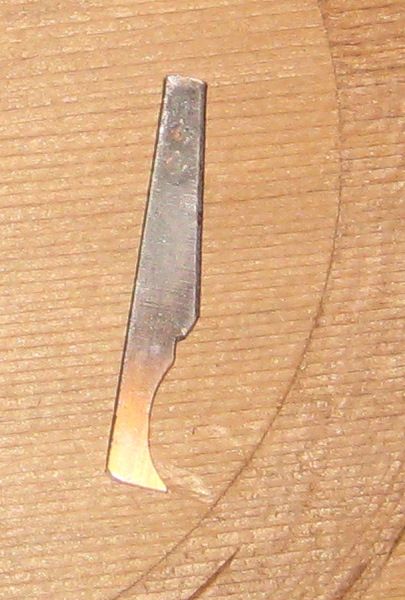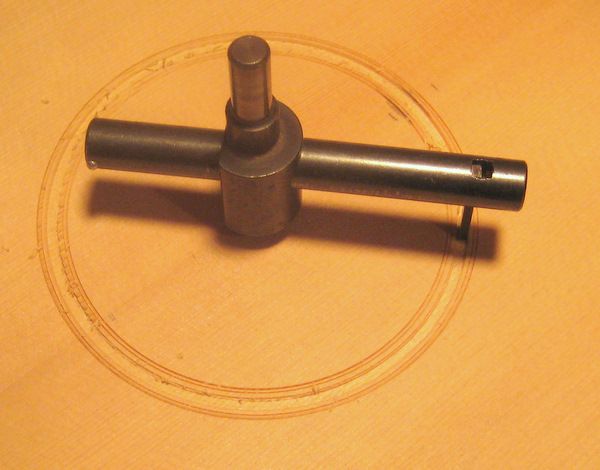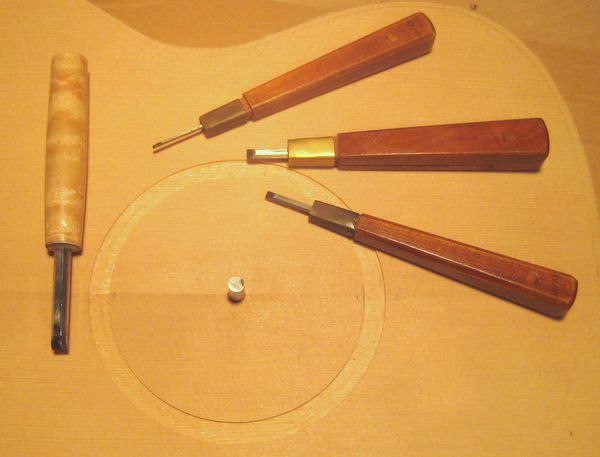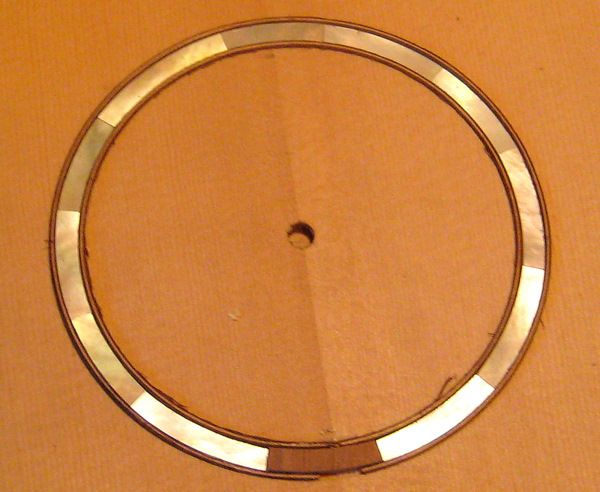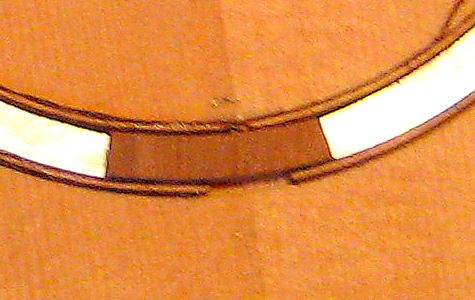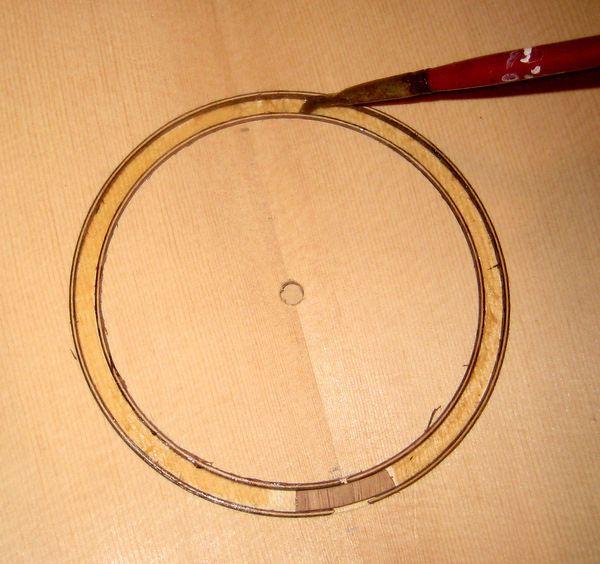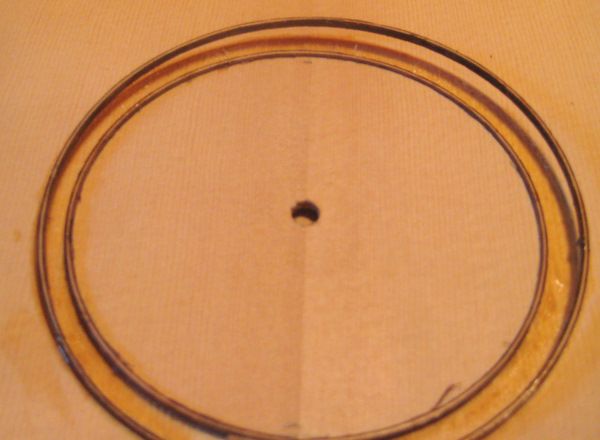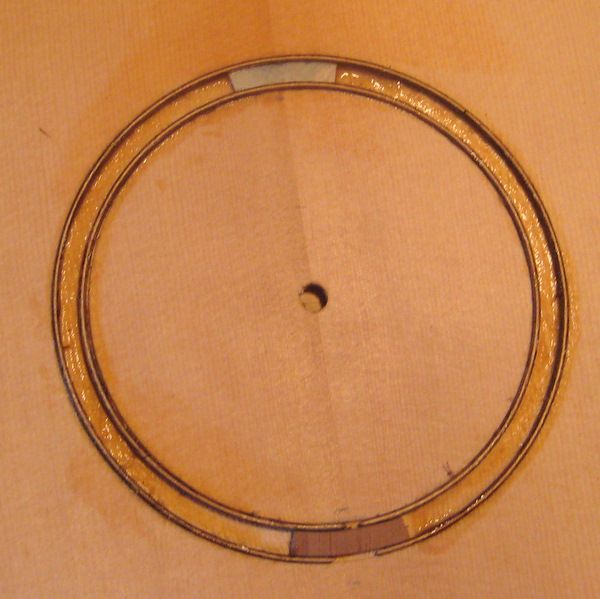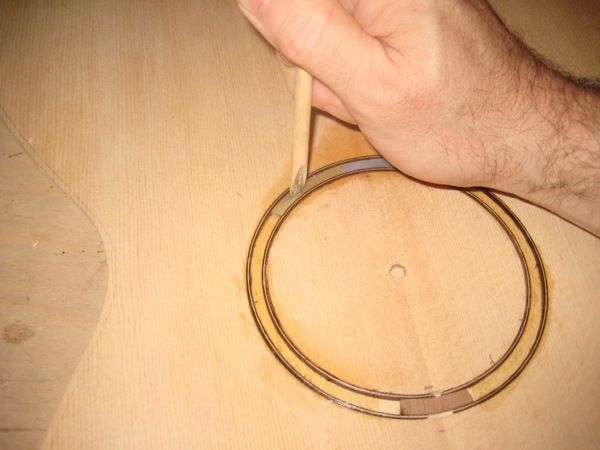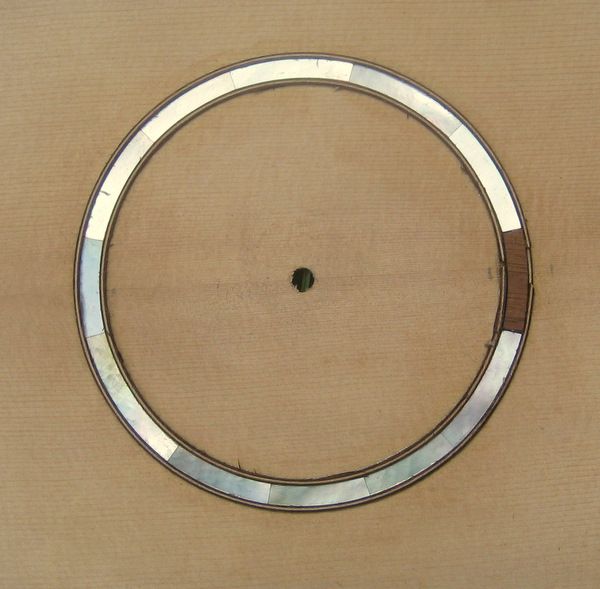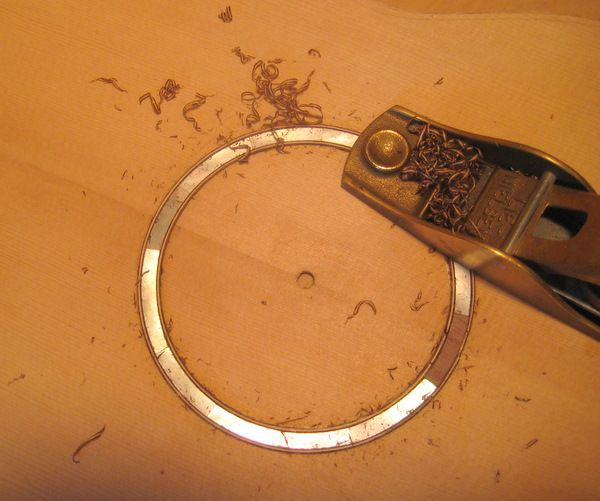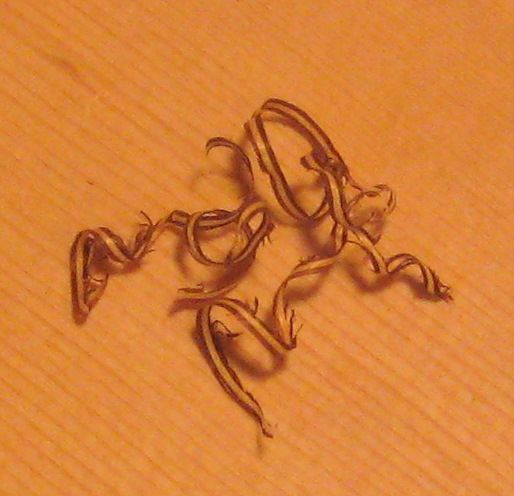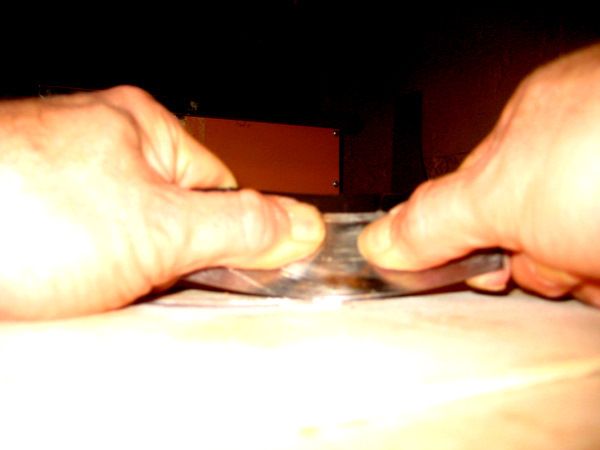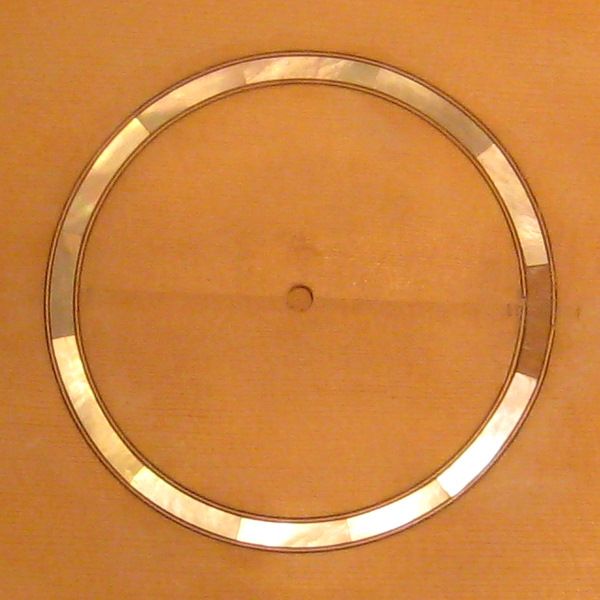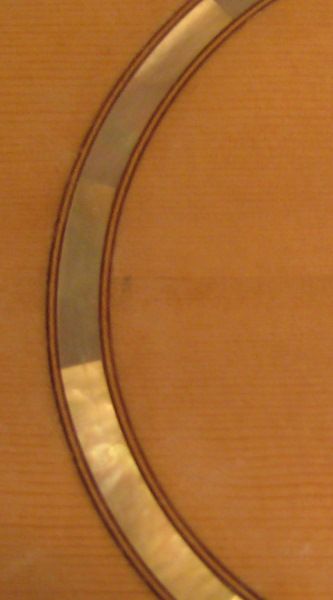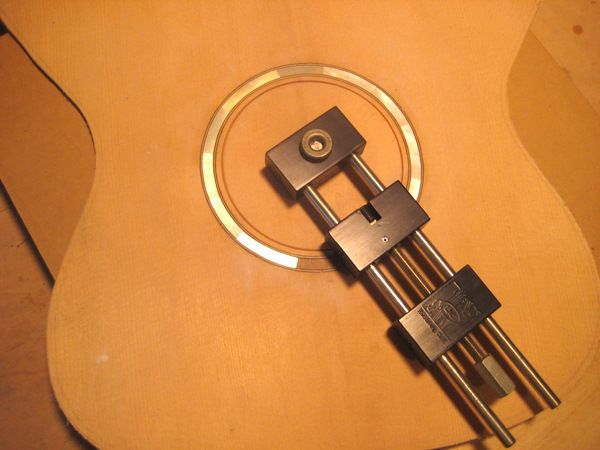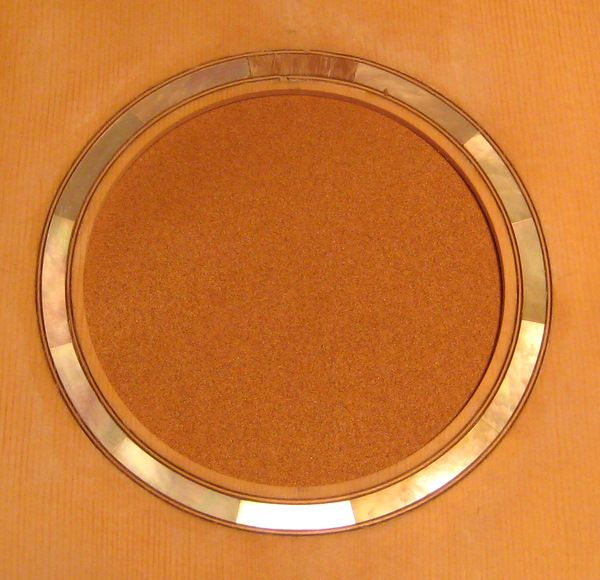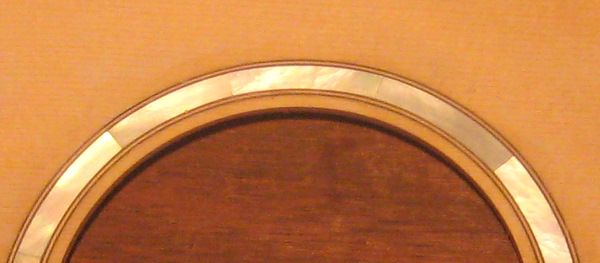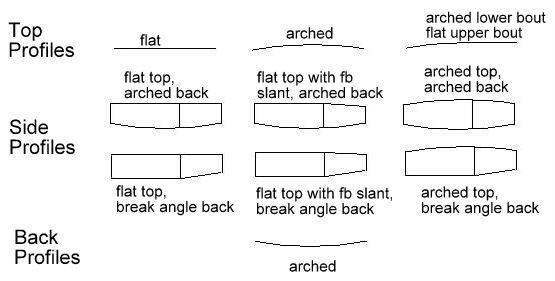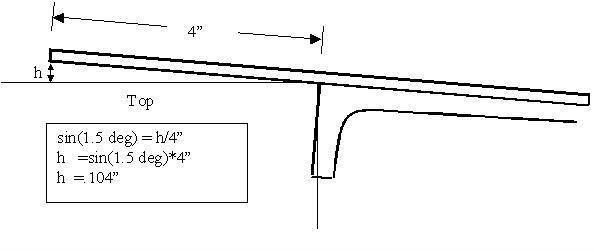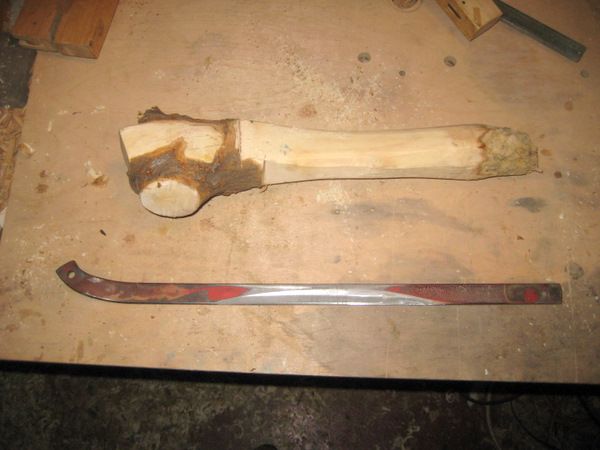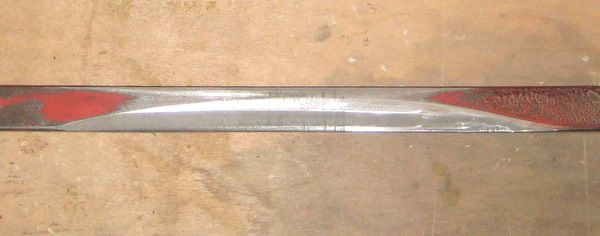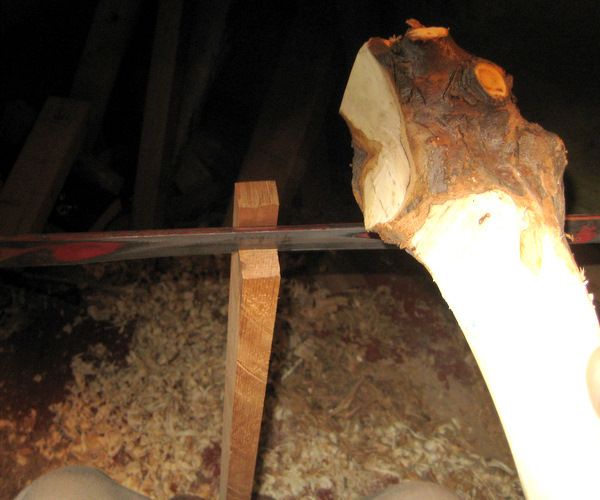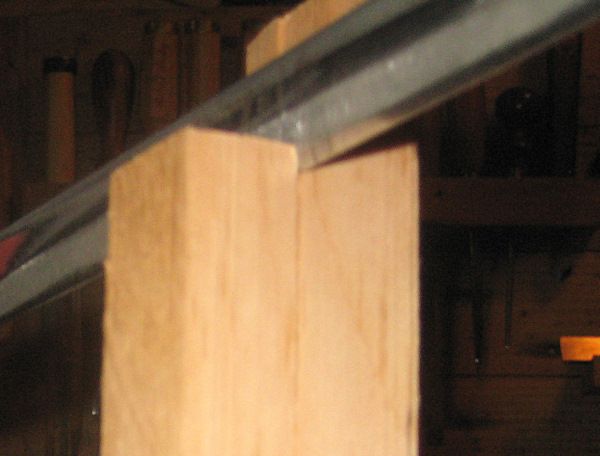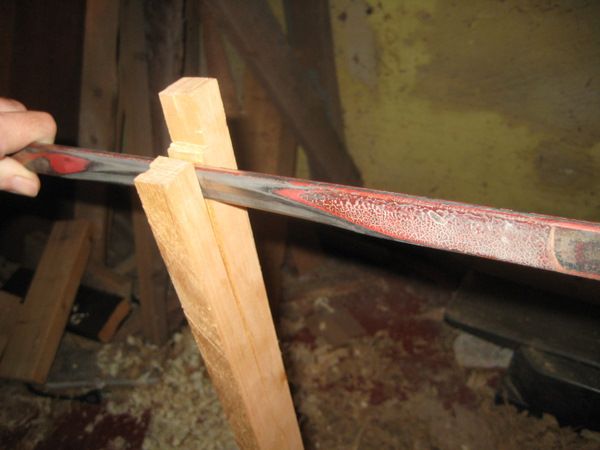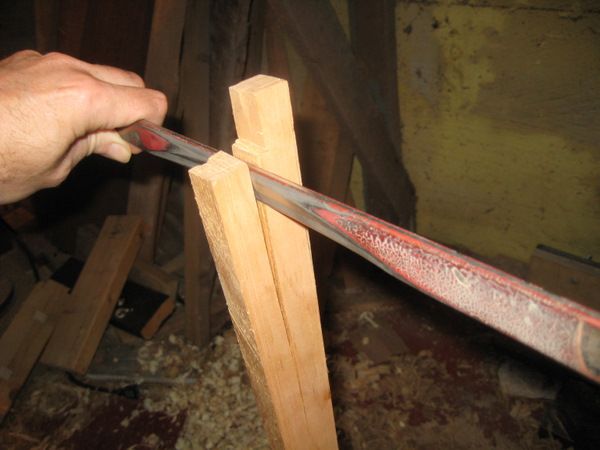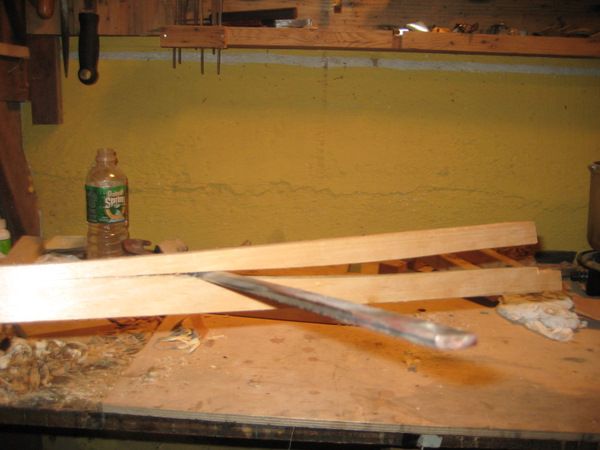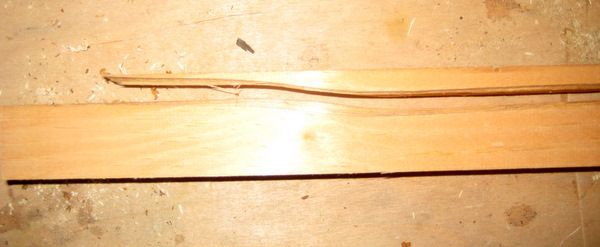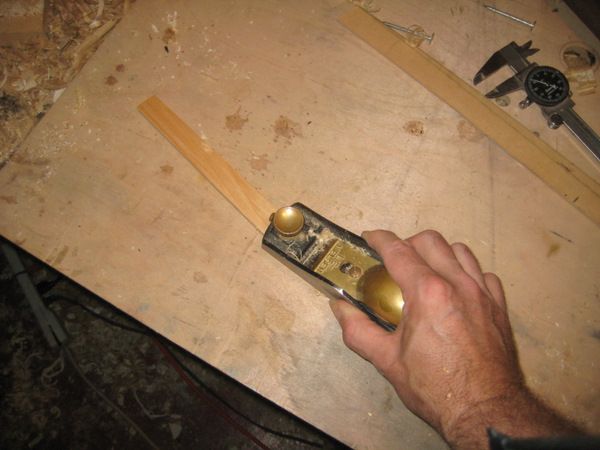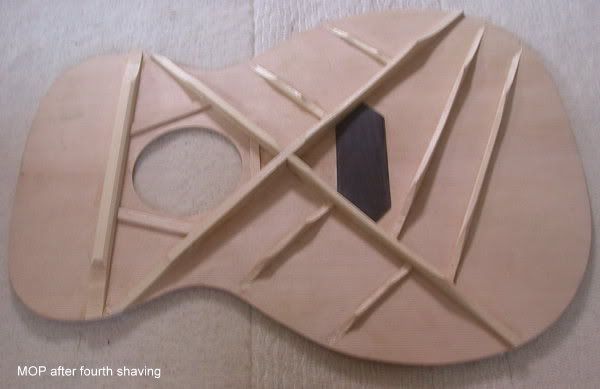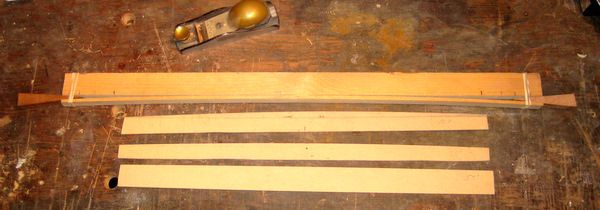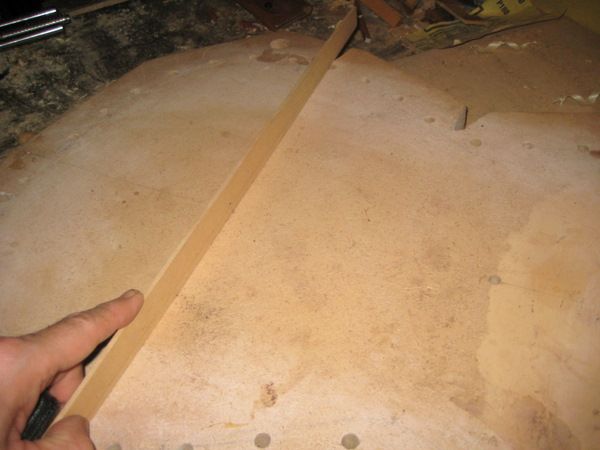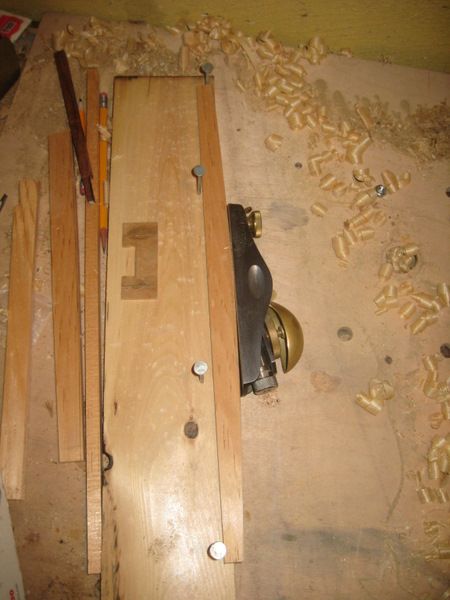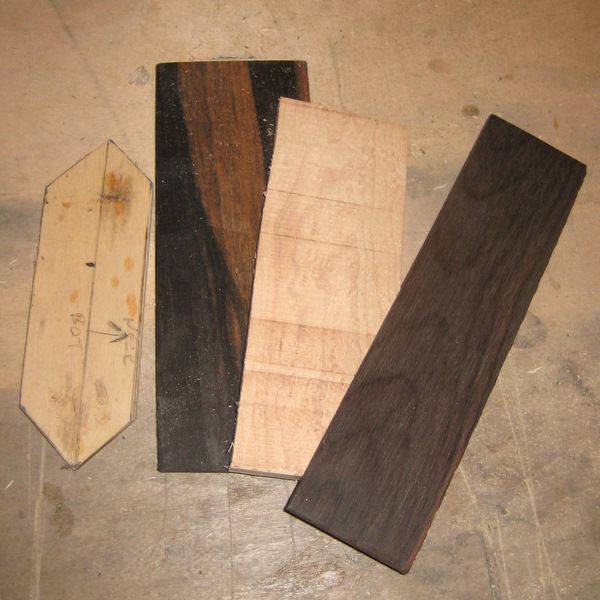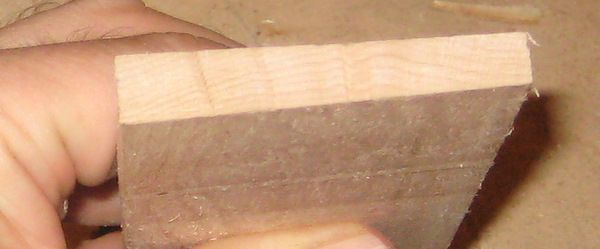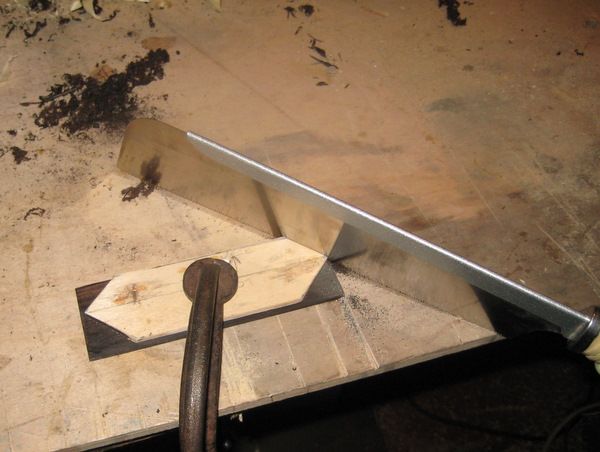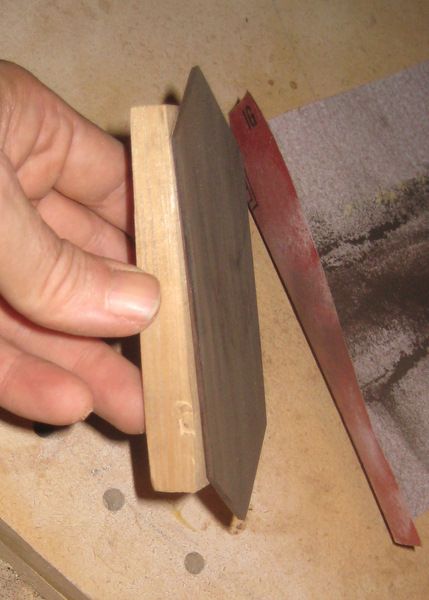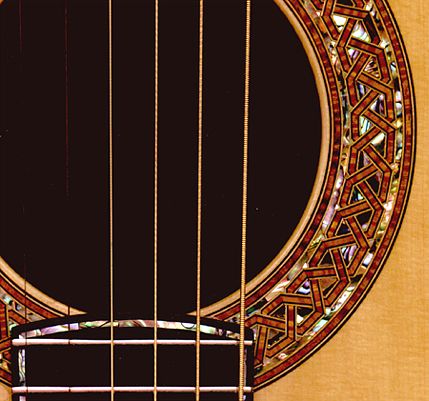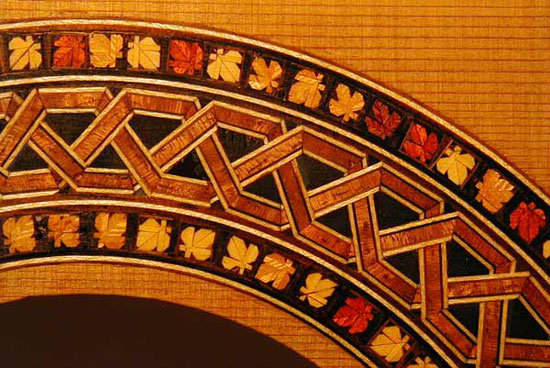I thought it worth while to dig into this a bit more because this is pretty typical luthier woo. The study makes that clear from the get go by using plenty of wiggle words. which I'll highlight.
Abstract
Classical violins created by Cremonese masters, such as Antonio Stradivari and Giuseppe Guarneri Del Gesu, have become the benchmark to which the sound of all violins are compared in terms of their abilities of expressiveness and projection. By general consensus, no luthier since that time has been able to replicate the sound quality of these classical instruments. The vibration and sound radiation characteristics of a violin are determined by an instrument's geometry and the material properties of the wood. New test methods allow the non-destructive examination of one of the key material properties, the wood density, at the growth ring level of detail. The densities of five classical and eight modern violins were compared, using computed tomography and specially developed image-processing software. No significant differences were found between the median densities of the modern and the antique violins, however the density difference between wood grains of early and late growth was significantly smaller in the classical Cremonese violins compared with modern violins, in both the top (Spruce) and back (Maple) plates (p = 0.028 and 0.008, respectively). The mean density differential (SE) of the top plates of the modern and classical violins was 274 (26.6) and 183 (11.7) gram/liter. For the back plates, the values were 128 (2.6) and 115 (2.0) gram/liter. These differences in density differentials may reflect similar changes in stiffness distributions, which could directly impact vibrational efficacy or indirectly modify sound radiation via altered damping characteristics. Either of these mechanisms may help explain the acoustical differences between the classical and modern violins.
... measure this, measure that and conclude ?
Conclusions
The density differentials found in this study may contribute to the generally recognized superior sound production of classical Cremonese violins. Within the violin making tradition there have been many reported ‘secrets’ of the Cremonese makers although usually with little or no supporting documentation. Sporadically, reference is made to the wood treatment referred to as ‘ponding’, whereby wood submerged in stream water (to facilitate transportation or to alter the properties of the wood intentionally) is responsible for the classical Cremonese sound. It has been documented [23] that ponding does alter wood properties significantly, by causing decomposition of various wood elements depending on the particular bacteria or fungus introduced into the wood. Although data on density alteration are not currently available, it is reasonable to assume that this degradation would result in lowered densities; how this impacts density differential would be dependant on the specific treatment. It has been shown that the wood of the classical Cremonese instruments was likely not ponded [24]. However, this does not rule out bacterial or fungal attack as a means of altering new wood to more closely match the material properties of the Cremonese wood. As mentioned earlier, one back and one top plate of the new instruments may have been treated and if this were indeed the case, the treatment used by the supplier would have been ponding. Another technique, referred to as “stewing” wood has been mentioned whereby wood is boiled in different solutions to achieve alterations of density although there is no published data on what this process is actually doing to the wood. Bucur has shown that time plays a role in altering wood properties by decomposition and loss of hemicellulose, thereby resulting in lower density [9] and a priori an alteration of differential, which may also explain our results. Fuming with nitric acid or ammonia are treatments that have been used throughout the years by instrument makers and it is a reasonable assumption that the destructive properties of these agents would lower the density and change the differential depending on which grains, early or late, are most affected. Many other possibilities have been proposed over time, but these are the only ones directly related to density that we are aware of.
In summary, our results clearly document basic material property differences between the woods used by the classical Cremonese and contemporary makers. Although at this point we can do no more than speculate as to the cause, these findings may facilitate replicating the tonal qualities of these ancient instruments.
The authors summed it up nicely.

